|
The continued meltdown in the global cryptocurrency market has forced bitcoin mining hardware suppliers to sell off their machines at fire-sale prices. Canaan Creative, the world’s second biggest maker of cryptocurrency mining rigs, has already put all its Avalon-brand equipment on sale at US$200 per unit, according to company representative Steven Mosher in an email on Friday. “You can think about this [price markdown] as me rescheduling Black Friday by a week,” said Mosher, referring to the annual US shopping event that falls on the Friday after Thanksgiving Day. This year, Black Friday was on November 23. Canaan’s flash sale on Friday, which was first reported by digital currency news site CoinDesk, marked a significant discount programme for the Chinese company, which previously sold its most powerful mining rig model – the AvalonMiner 921 – for US$742. Over at Huaqiangbei, one of the world’s biggest electronics markets, in the southern coastal city of Shenzhen, vendors are feeling the ripple effects of the crash in bitcoin prices. Only a handful of shops remain among the dozens that used to sell cryptocurrency mining rigs at a shopping centre in Huaqiangbei. On a Monday afternoon, one of the vendors, surnamed Liu, was taking a nap, while other vendors were slacking off on their smartphones. “There are almost no shoppers now,” said the 50-year-old Liu. “We have been idle here for two months.” Liu had set up shop in Huaqiangbei in May this year after being convinced by friends to sell mining hardware. He still has not made any profit after investing more than 1 million yuan in the business. He plans to close shop once his one-year lease ends. “Here’s a sincere suggestion for those who want to make money with bitcoin: be cautious,” he said. The mining gear price cuts have come amid a crash in the digital currency market. Prices of bitcoin, the world’s leading cryptocurrency, fell to a 13-month low of about US$3,600 last month, according to data from CoinMarketCap. Bitcoin is currently trading at around US$4,000, down from US$6,400 at the start of November. The total market value of cryptocurrencies has slumped to US$130 billion, which is less than one-fifth of its worth during the market’s peak in January. Bitcoin’s deepening crash now rivals its worst-ever bear markets A clash among supporters of bitcoin cash, the most successful bitcoin offshoot, was largely blamed for the market crash. The world’s fourth largest cryptocurrency split into two distinct entities on November 16 amid long-standing, fundamental disagreements in their developer community. That meltdown has left miners – those who process transactions in return for new units of cryptocurrency as reward – in a vulnerable position. It has become unprofitable for these enterprises and individuals to run at least four models of bitcoin mining machines, if they consume power at a rate of 0.4 yuan (6 US cents) per kilowatt-hour, according to F2Pool, one of the world’s biggest bitcoin mining pools. F2Pool, which is headquartered in Beijing, said at least 600,000 bitcoin mining machines have been shut down since the middle of November. Mining bitcoin uses more energy than what’s needed to excavate gold, platinum or copper: study The cryptocurrency sell-off prompted miners to remove at least four models of bitcoin mining machines, including the Antminer S7 and Antminer S9 from Bitmain Technologies as well as Canaan’s AvalonMiner 741, because these have become too expensive to operate under present market conditions, according to estimates by F2Pool last month. While small and mid-sized cryptocurrency miners are likely to take advantage of Canaan’s sales promotion amid the bear market, the big players will buy new mining rigs no matter what, according to Mosher.
“Bitcoin mining is a long-term investment, so I would not spend too much mental energy on a few days of turmoil,” he said. Cryptocurrency mining rig maker Canaan lets Hong Kong IPO application lapse Still, the cryptocurrency market slump appears to have had an impact on Canaan’s proposed initial public offering in Hong Kong this year. The company let its IPO application lapse early last month, according to information on the Hong Kong stock exchange website. The company has previously declined to comment on the matter. The stock exchange and regulators had many questions about its business model and prospects, according to a November 15 report by Reuters, which cited sources close to the deal. Bitmain, the world’s largest supplier of cryptocurrency mining equipment, and Ebang International still have pending IPO applications with the Hong Kong stock exchange. For the latest news from the South China Morning Post download our mobile app. Copyright 2018. The article is refer from www.scmp.com
0 Comments
By Adi Nazrin bin Samsuri There are countless historical marvels and heartwarming stories to be found beneath the surface of Kampung Baru – but rapid development may irreversibly alter a treasured cultural identity and extinguish generations of history. Recognised as one of the oldest villages in Malaysia, Kampung Baru is a compact area that is home to timeless Malay tradition and century-old houses. The pocket of land in the middle of Kuala Lumpur’s bustling city center has resisted development since the end of the 19th century, when the village was founded as a Malay Agricultural Settlement (MAS) by the British colonial government in 1899. Kampung Baru famously provides a rare glimpse into an authentic Malay lifestyle that has remained largely unchanged, due in part to the many generations of families who have lived here. The communities that call Kampung Baru home are formed around generations of the original landowners since the village’s founding over a century ago. The residents of Kampung Baru are still especially proud of having kept most of the original architecture intact, even against the rapid development taking place in the surrounding area. As a village-in-the-city, Kampung Baru offers a striking contrast between the urban and rural realms. The village’s formerly thatched roofs, replaced decades ago with corrugated zinc sheets, put traditional forms against the modernity of Kuala Lumpur’s skyline – making Kampung Baru a must-visit destination for backpackers. The simplicity of kampung life can be experienced quite easily with a walk along the village’s narrow roads, normally frequented by local residents riding motorcycles or bicycles. Walking around Kampung Baru will enable one to experience the same serene environment and the charm of village life as though they were much further from the chaos of the city. Beneath the timeless beauty of Kampung Baru is the essence of this village’s struggle. The sentimental value of these traditional homes is often far too precious for residents to simply give up – consequently, residents face the difficult task of preserving their treasured cultural heritage while attempting to keep up with the pace of modernization. Despite the proud defense of tradition, Kampung Baru residents do enjoy some spillover from the amenities and facilities around them. Accessibility into the area is eased with the Kampung Baru Light Rapid Transit (LRT) station and the Medan Tuanku monorail station being located within the immediate vicinity. Although government initiatives to modernize the area have been welcomed by some residents, some of Kampung Baru’s other residents are relentless in resisting development in order to maintain their traditional lifestyles. The march of urban development continues and modern architecture is slowly creeping into the village. With a projected development value that presently stands at around 61 billion ringgit, there is evidently something about Kampung Baru that is still attracting developers. High-rise apartments are starting to creep into the area as well. The Cendana Condominium is a glittering skyscraper that now occupies the former site of Kampung Cendana – a smaller village located in the same area as Kampung Baru. Perhaps in the near future, the Kampung Baru we know today would be changed just as dramatically. Recent redevelopment plans for Kampung Baru have raised many questions from various quarters. Many heritage sites have already been demolished for the sake of development and modernization, leaving residents to fear that Kampung Baru may face the same fate as Kampung Cendana – or countless other century-old villages – to be carelessly erased from Malaysian history entirely. The recent loss of Kampung Kerinchi and Abdullah Hukum to modernity, with the development of Bangsar South, will always remain a stark reminder for many who appreciate this country’s history and cannot help but feel connected with these ancient villages. There is a distinct emotional attachment to these village-in-the-cities, and their being reduced to mere dots on the LRT route map is beyond saddening – to the people who live in these villages, this obliteration of history in favour of development is infuriating. It can be said that after some time, no one may remember Haji Abdullah Hukum, the founder of one of the earliest settlements in Kuala Lumpur around 200 years ago. The village that took its founder’s name opened its doors to a multiracial society – a sight that is paradoxically rarer today. The fate of Kampung Baru is uncertain, and the current situation is more pressing than all the trials this village has faced in its storied past. The current development plans for Kampung Baru are already looking as though the village could easily suffer the same fate as Kampung Kerinchi and Abdullah Hukum. None of the residents have been forcibly relocated in the name of development, but many have given in to the offer of cash for land. The remaining residents of Kampung Baru have grown more cautious of accepting any development plans. Many feel betrayed by parties who apparently took advantage of the residents in order to develop the area by any means necessary – including allegedly paying less for what the land is actually worth. The traditional culture of Malay ethnic society is preserved by residents in villages such as Kampung Baru. This is one of Malaysia’s proudest traditions – the importance of this cultural practice and the reality surrounding this issue simply can’t be ignored anymore. Kampung Baru deserves more awareness and deeper appreciation for the locals who strive to preserve their cultural identity and the treasured plots of land that had been passed to them through multiple generations. Many of the village’s residents believe that preservation would be in the best interests of Kampung Baru – as one of the few remaining villages-in-the-city, the area is all the more precious as a cultural heritage site. Demolishing it would represent a loss of more than just some old buildings – this nation’s cultural identity is at stake.
This article is refer from starproperty.my |
MPIG NewsIn this section we will be sharing on articles & news update related real estate and some other interesting topics. Archives
August 2023
Categories |
- Home
-
New Property Launch
- Lake City @ KL North NEW PHASE FROM RM380k
- Alora Residences – Inspired living within greenery in Subang Jaya
- PJ Spacious and Affordable 5 Star Condo
- Best Investment 2022 PJ Damansara Low Risk Low Entry Price High ROI
- 2022 PJ Rumah Mampu Milik RM270k Damansara
- Bangsar South 2 Rooms from RM390k BELOW Market Price
- 10% ROI PJ Project near Ikea and One Utama Mall
- Mid Valley Seputeh New Launch
- Pavilion Damansara Heights 柏威年 白沙罗岭 马来西亚 吉隆坡 精选楼盘
- 马来西亚RM300千的PJ屋子-首购族,年轻人月入3千能买房
- 2021 Penang Most Awaited Project
- 2021 New Launch - KL Metropolis
- Freehold LRT Linked 3 Room Suites in Glenmarie
- New SPACIOUS Kepong Landed 6 Room 6 Bath
- Bangsar Last Piece Land New Launch
- Avara Seputeh (Mid Valley)
- Project Announcement Registration. Malaysia New Property Launch
-
Existing & Past Project
- 2020 Lowest Risk & Price in Klang Valley with Great ROI
- Kiara East Suite Dex
- 2019 SAFEST PROFITABLE HIGH CASHBACK INVESTMENT
- Best Property Investment Projects in 2018
- KL City Freehold Spacious Affordable 3 room Project
- Jalan Kuching Freehold New Office & Shoplot
- Jalan Ipoh New Freehold Shoplot & Offices
- RM300k KL Sentral New Prelaunch
- The Olive Condo, Sunsuria City
- Prelaunch Landed House Bukit Rahman Putra
- RM260k No Downpayment Puchong South Suites
- PJ North RM400k High Cash Back Project
- Denai Sutera @ Alam Sutera, Bukit Jalil
- First Phase of Banting New Township
- Neu Suites 3rdNVenue @ Embassy Row by Titijaya & CREC
- COURT 28, Jalan Ipoh KL City New Property Launch Service Apartment. Malaysia New Property Launch
- Semanja Kajang New FREEHOLD Kajang Double Storey Houses. Malaysia New Property Launch
- M Suite @ Desa Park North
- BIJI LIVING @ Sek 17 PJ City by Conlay. Malaysia New Property Launch
- Amani Residence Bandar Puteri Puchong New Freehold Service Apartment. Malaysia New Property Launch
- SFERA RESIDENCY @ Puchong South. Malaysia New Property Launch
- KL North Last Release
- PreLaunch Freehold Double Storey
- LAND
- News & Articles
- Other Reference Link & Services
- Referral
- Career
- MPIG
- Get Professional Advice
- PJ八打灵2021全新地产项目分析手册

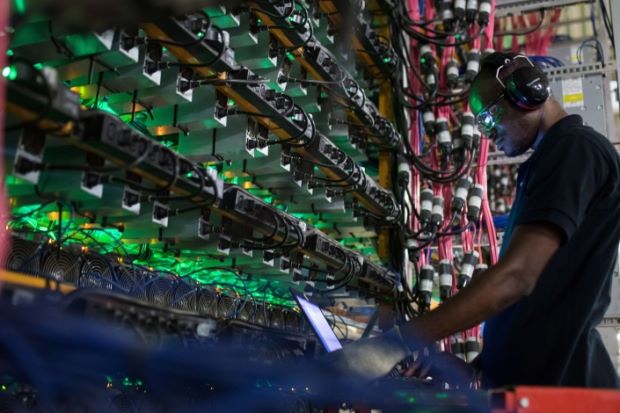
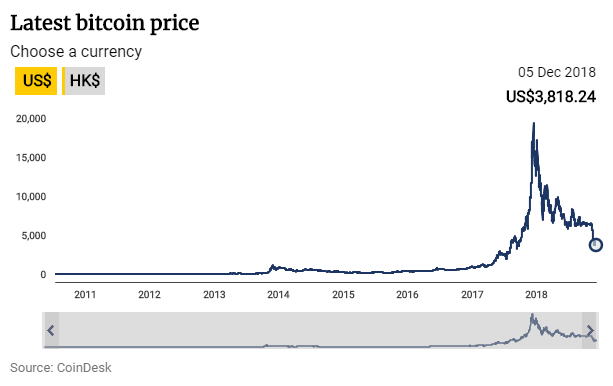
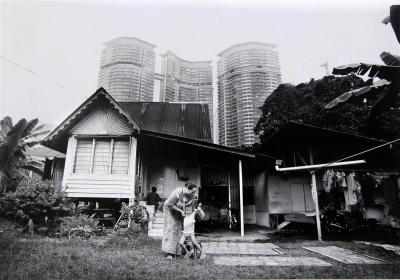
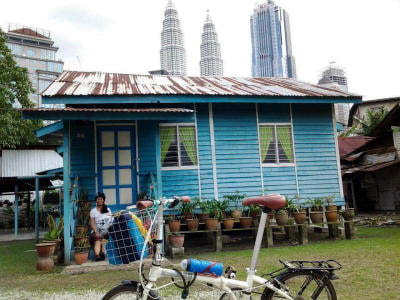

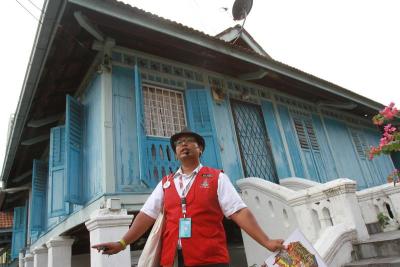
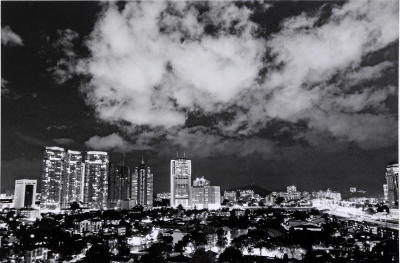
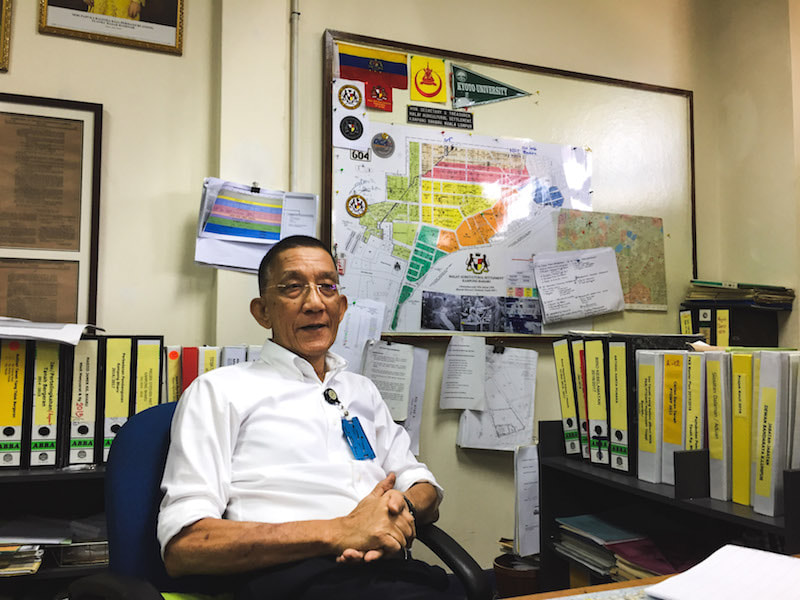
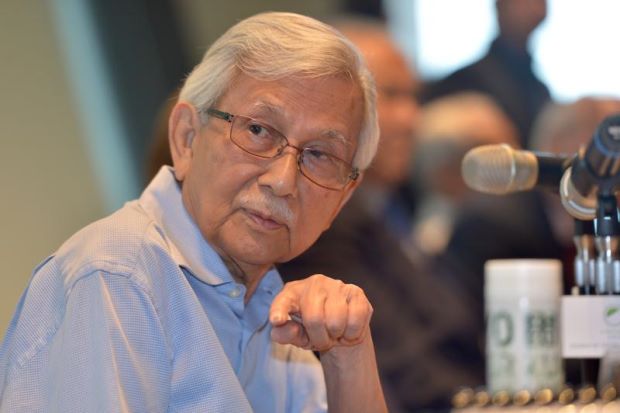
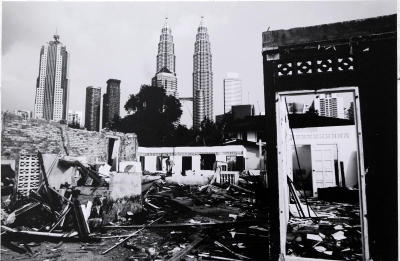
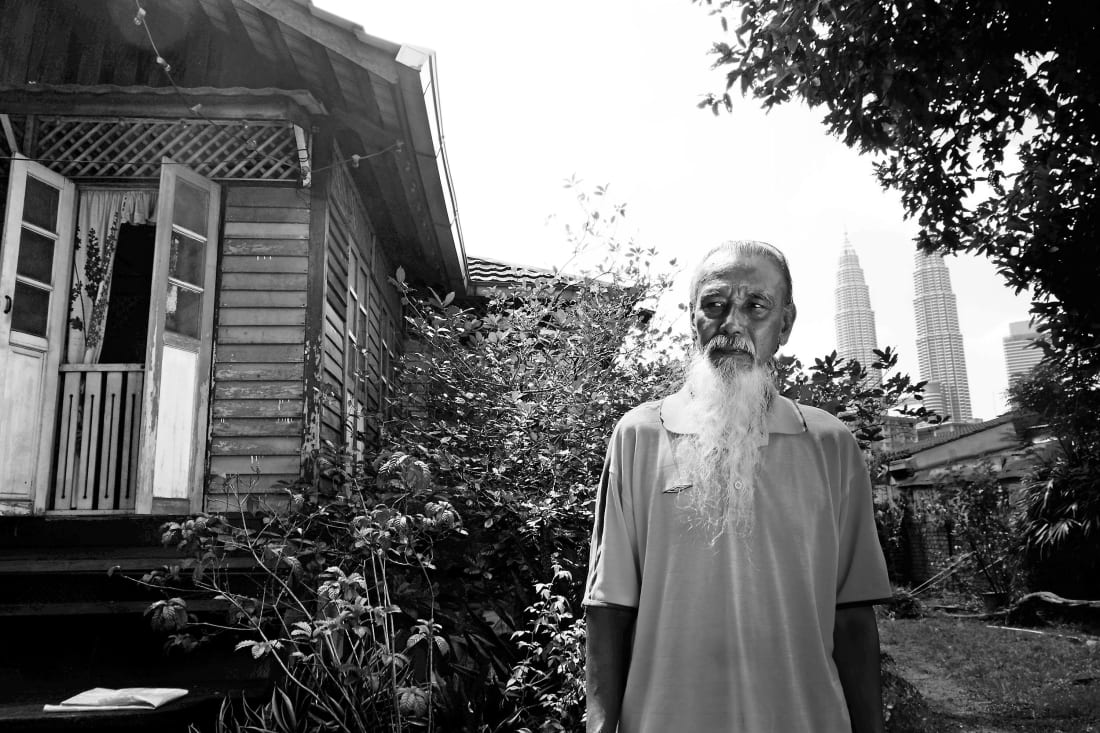
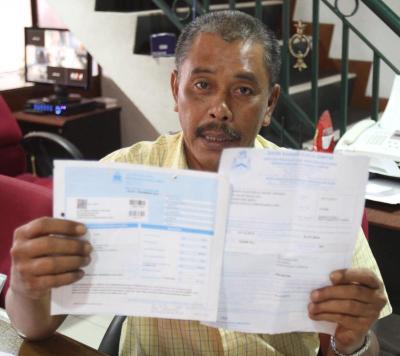
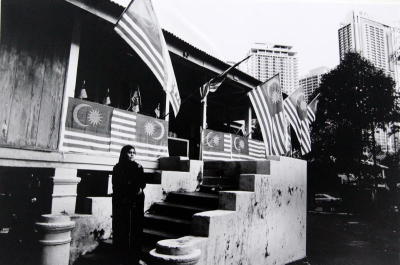
 RSS Feed
RSS Feed